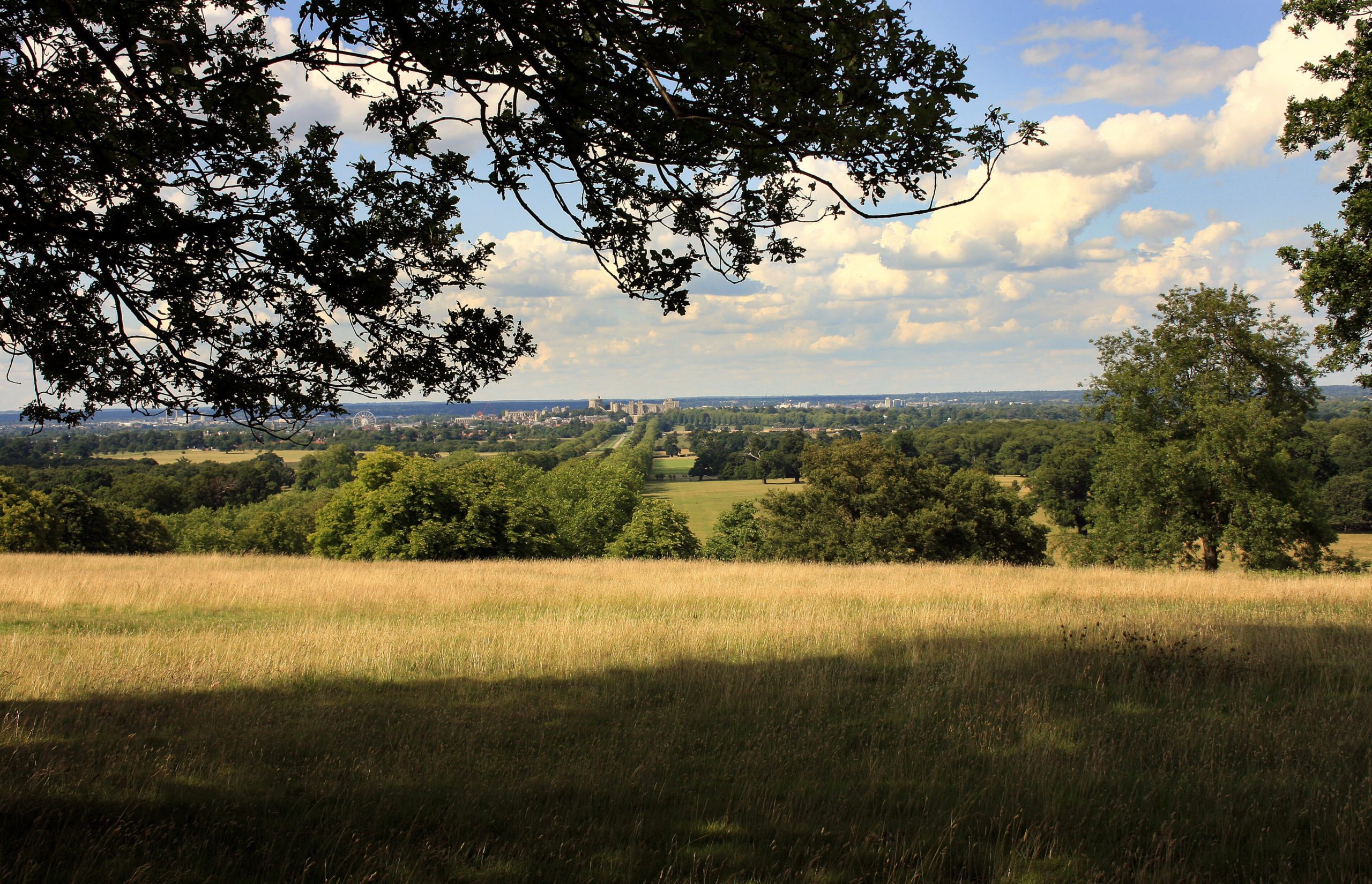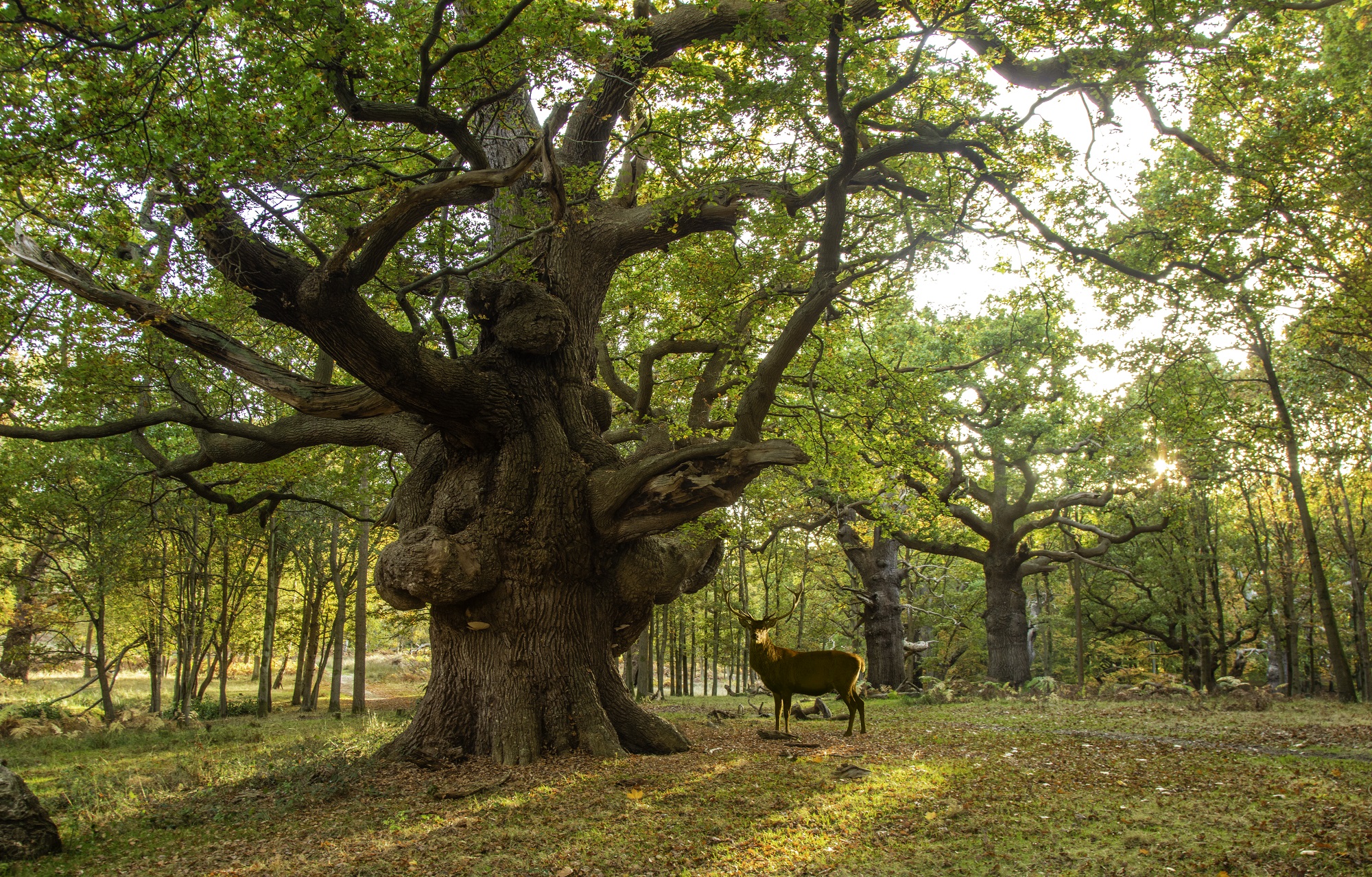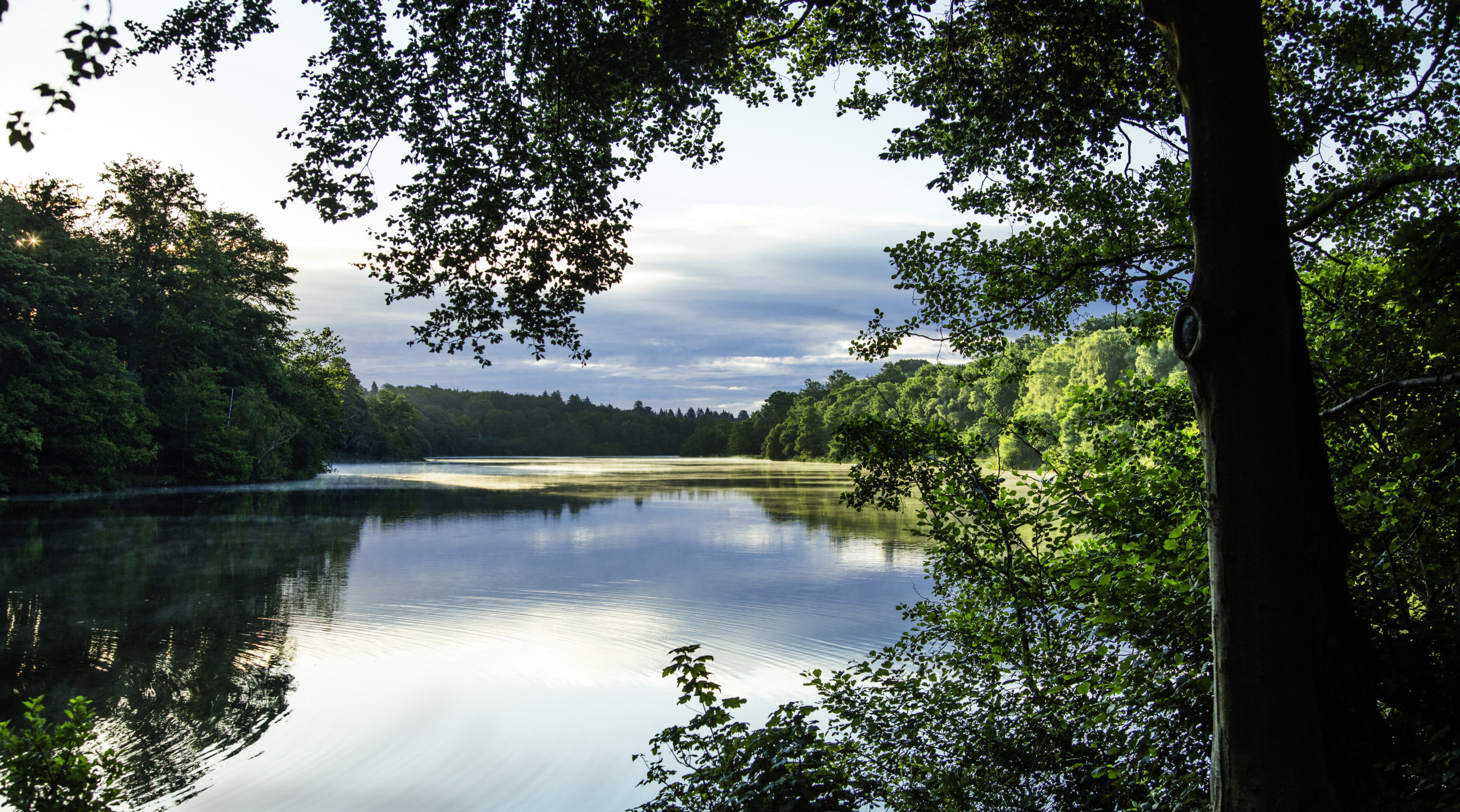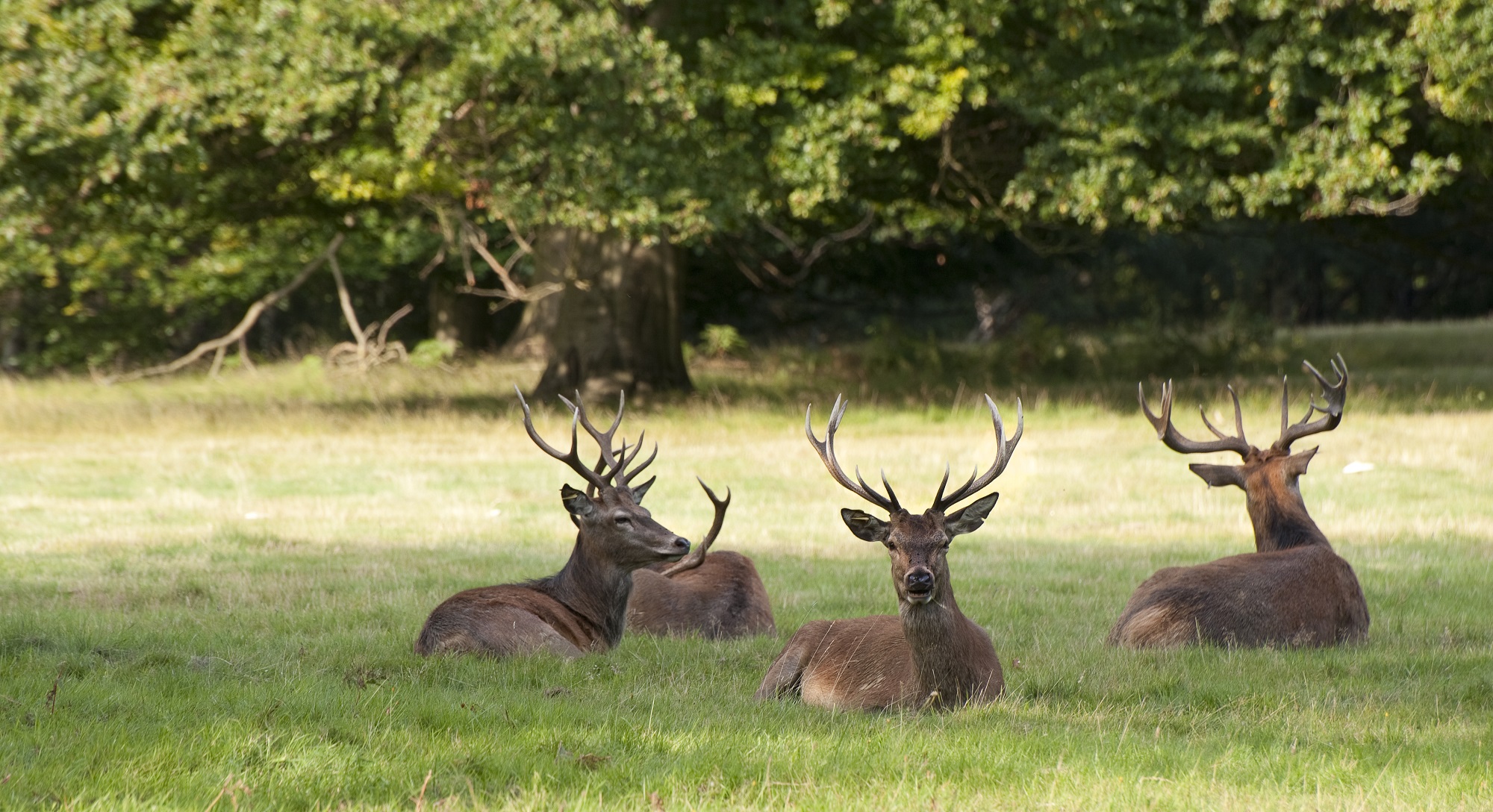
Grassland and heathland
Although The Windsor Estate is known for its woodland, our wide open spaces are equally valuable habitats. Learn more about them, and our conservation work, below.
Explore our habitats and wildlife
Dig deeper into the habitats, the wildlife they support and the work we do to preserve them for the benefit of the nation.








